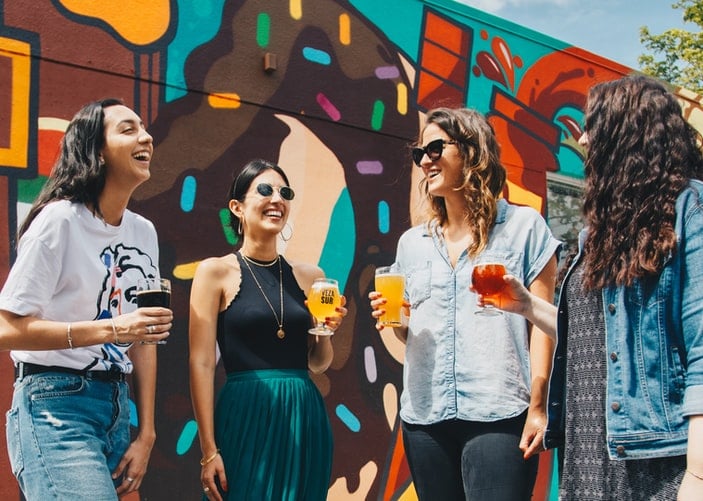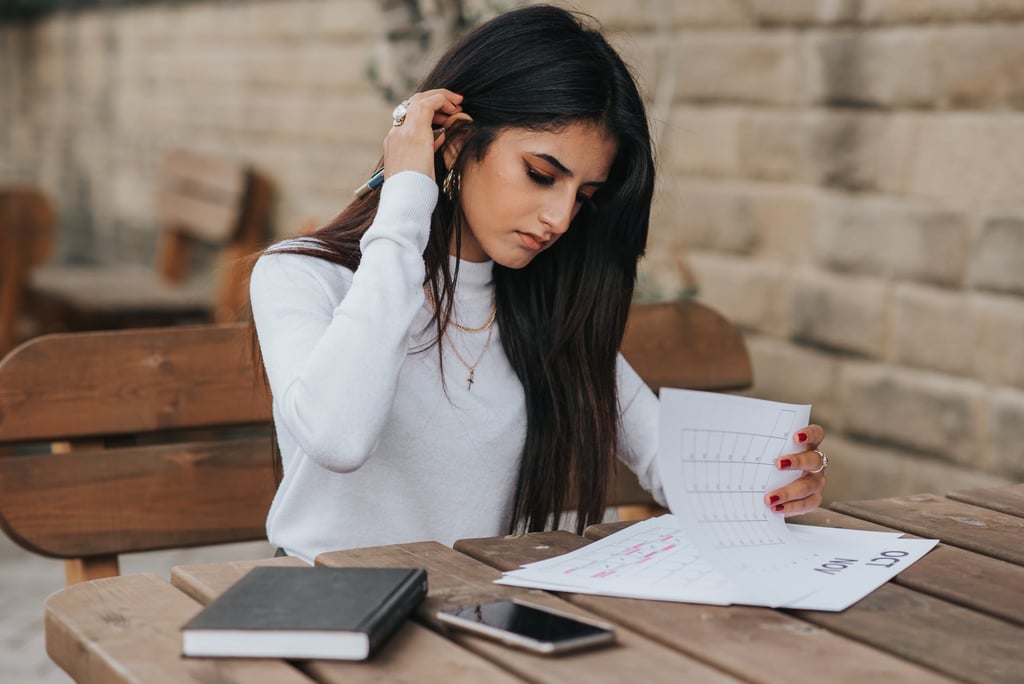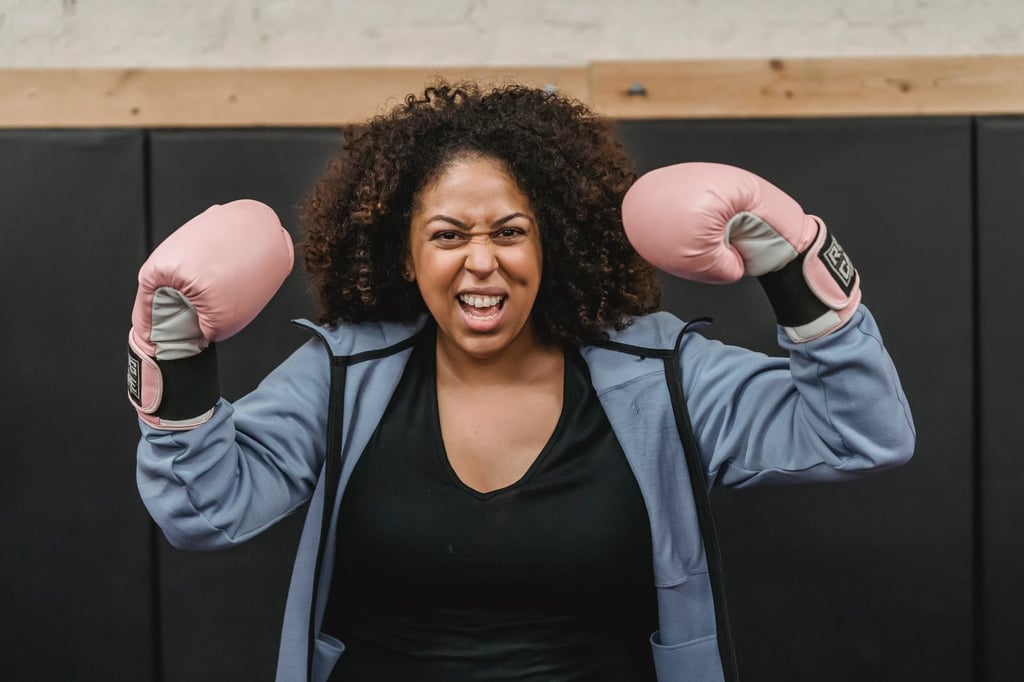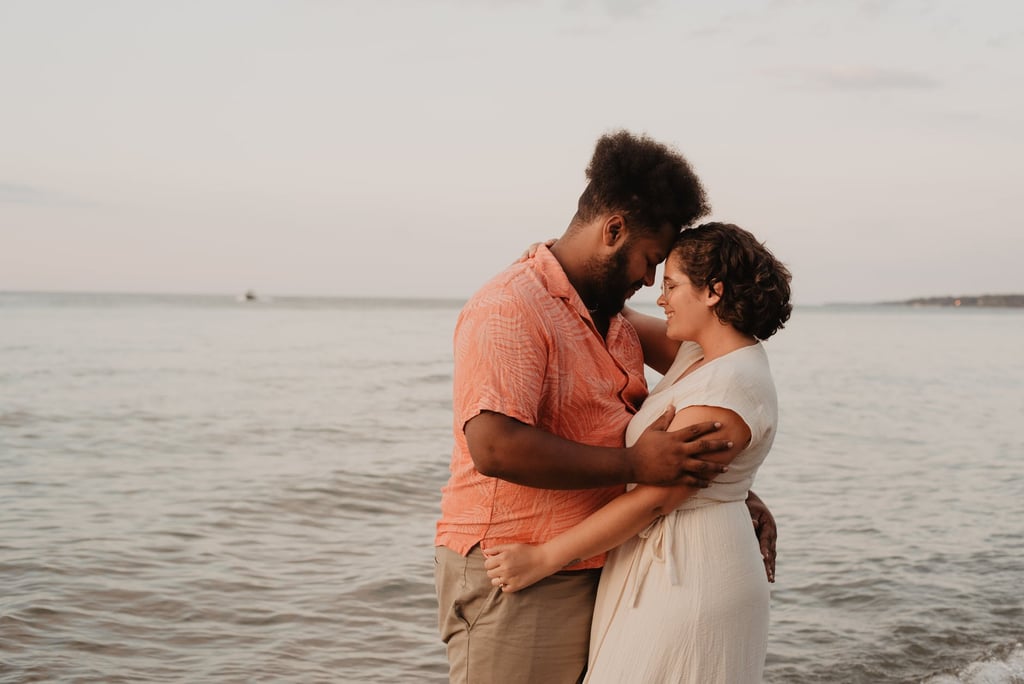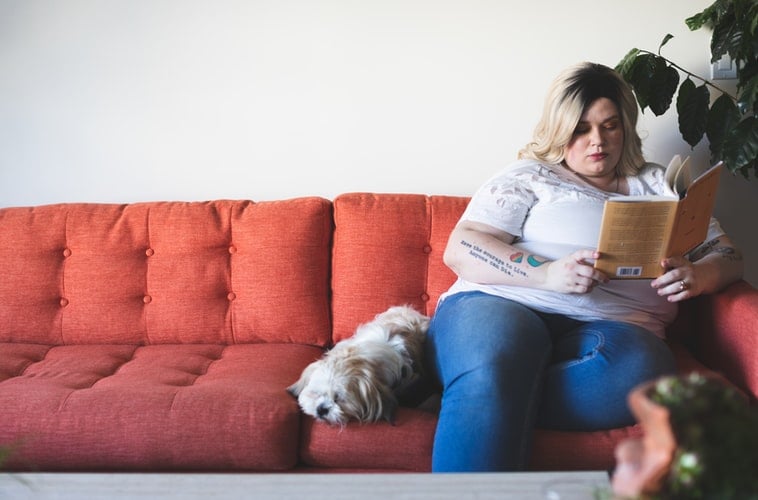Love languages [1] and apology languages [2] are undoubtedly interesting and helpful, as they can show you how to treat others in ways that will make them feel the best [3], but have you heard of the "routes of safety" [4] before? Created by psychotherapist Jake Ernst, MSW, RSW [5], they're basically trauma-informed love languages [6] that can help you build more intimate connections with others. They explain the different ways we feel safe [7] based on our experiences, and they can depend on our internal capacity, other people, or what we can control externally [8].
"I created the Routes of Safety model in order to acknowledge the ways that we fluidly access safety," Ernst wrote in an Instagram caption [9]. "The ways we get access to safety depends largely on our lived experiences; our early emotional experiences; the trauma we've experienced and inherited, and our current relationships with ourselves and others shape how we experience safety."
To have a clearer understanding of what makes you and your loved ones feel safest, keep reading for more information from his Instagram post [10] on each route of safety. Through this knowledge, you can help yourself and your loved ones feel more at ease.
Common Humanity
If your route of safety is common humanity, you want to be able to be yourself freely, knowing others will practice that same vulnerability [12] with you. You feel most comfortable when others react with empathy instead of judgement, and you want them to respect and reassure you.
Inner Guidance
Inner guidance is all about finding peace within yourself, whether that's through meditation, journaling [13], channelling your inner child, relying on your strengths, or engageing in a religious practice. People with this route of safety are strong and self-reliant.
Structure and Certainty
If structure and certainty make you feel safe, you tend to rely on routines, busyness, and consistency. You like feeling a sense of control over your life and knowing what will happen next. Some actions that help you feel safe are making time to enjoy a certain hobby and having a planned schedule.
Sensory Experiences
If sensory experiences is your route of safety, you tend to feel best when your body is relaxed. To feel safe, play into your five senses and think of ways to soothe them. For example, you can put on comfortable clothes, get under a weighted blanket [14], listen to music, sit out in the sun, or eat your favourite food.
Quality Relationships
Having healthy relationships [15] can play a role in feeling safe, especially for people with quality relationships as their route of safety. At their best, these relationships are full of communication, compassion, intimacy, and mutual support.
Protective Measures
This route of safety is about clarity, security, and reconciliation. If you identify with protective measures, you probably feel most comfortable when you can protect yourself and also have someone to protect you. You appreciate when people change their behaviour after apologising [16] and when they're radically honest with you.
Closeness and Proximity
Closeness and proximity is all about physical and emotional intimacy. People with this route of safety tend to appreciate hugs, knowing who they can confidently reach out to for support [17], and spending time with others.
Private Retreat
If your route of safety is private retreat, engage in relaxing activities on your own. This may look like watching a movie by yourself [18] under a blanket, closing your curtains and reading, or daydreaming.

